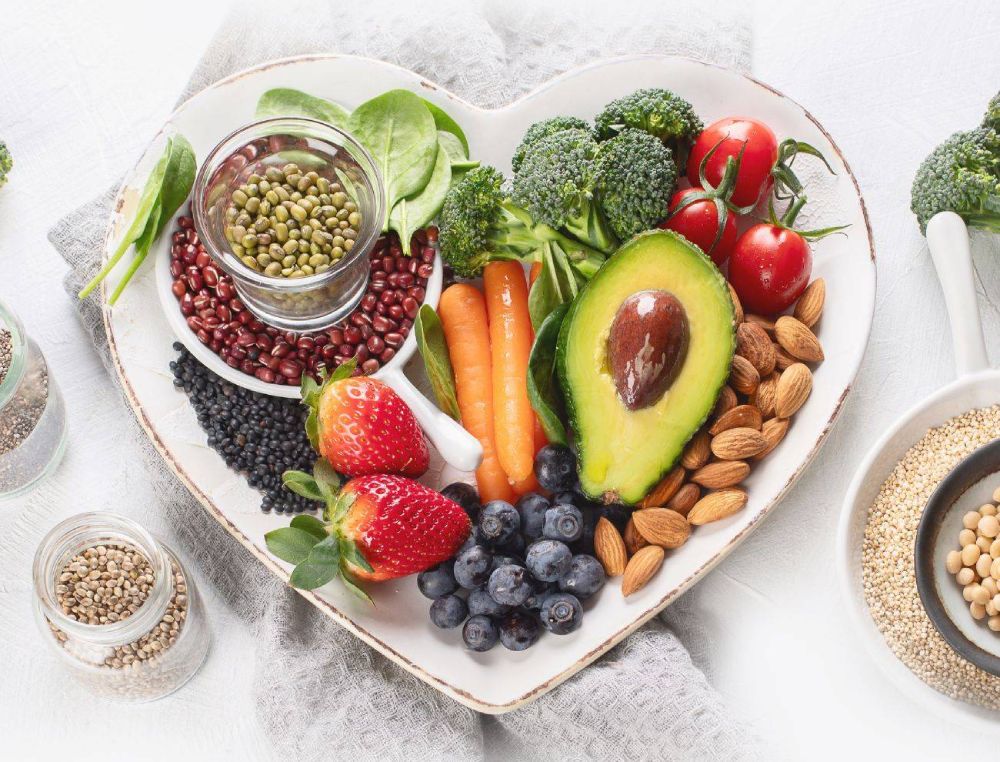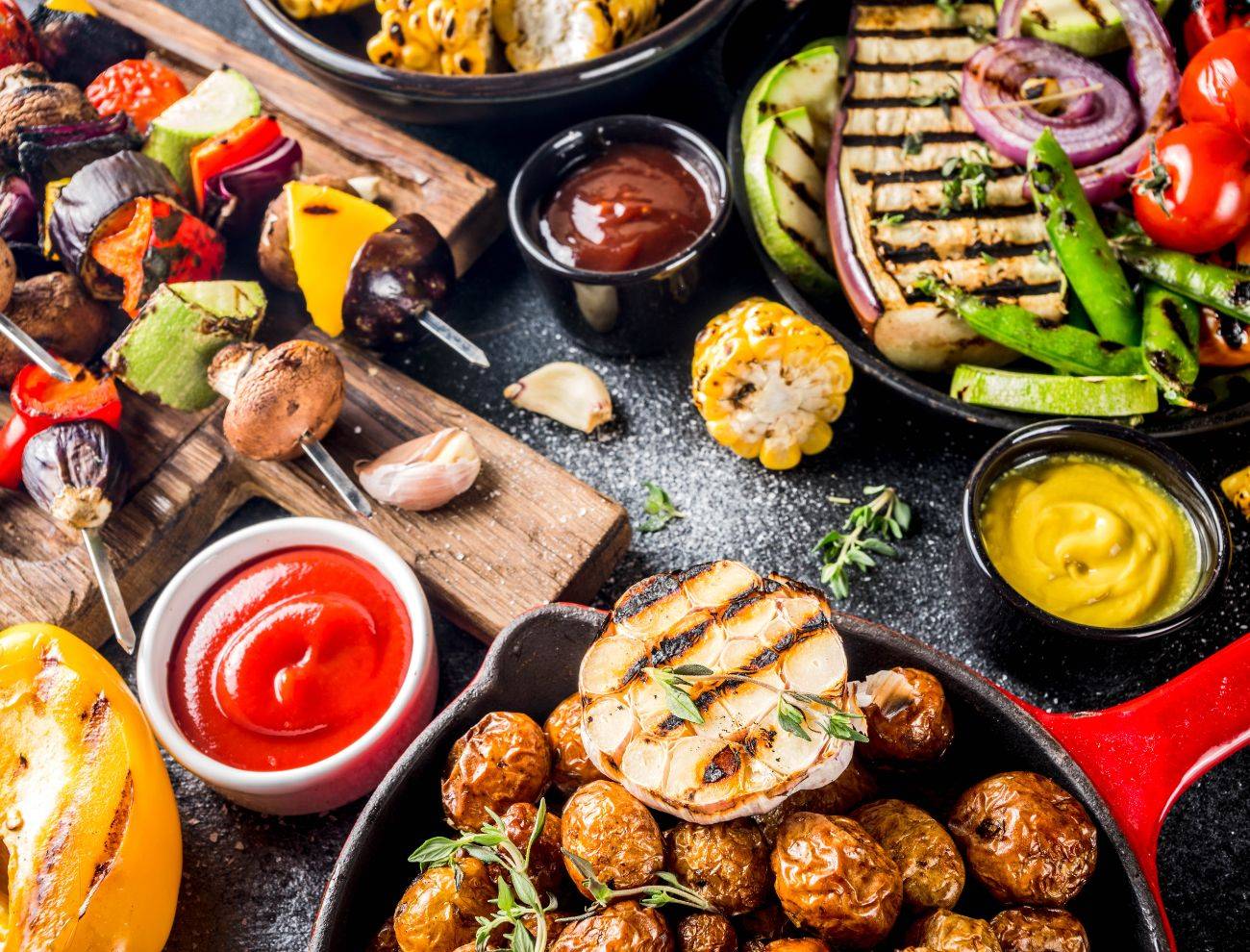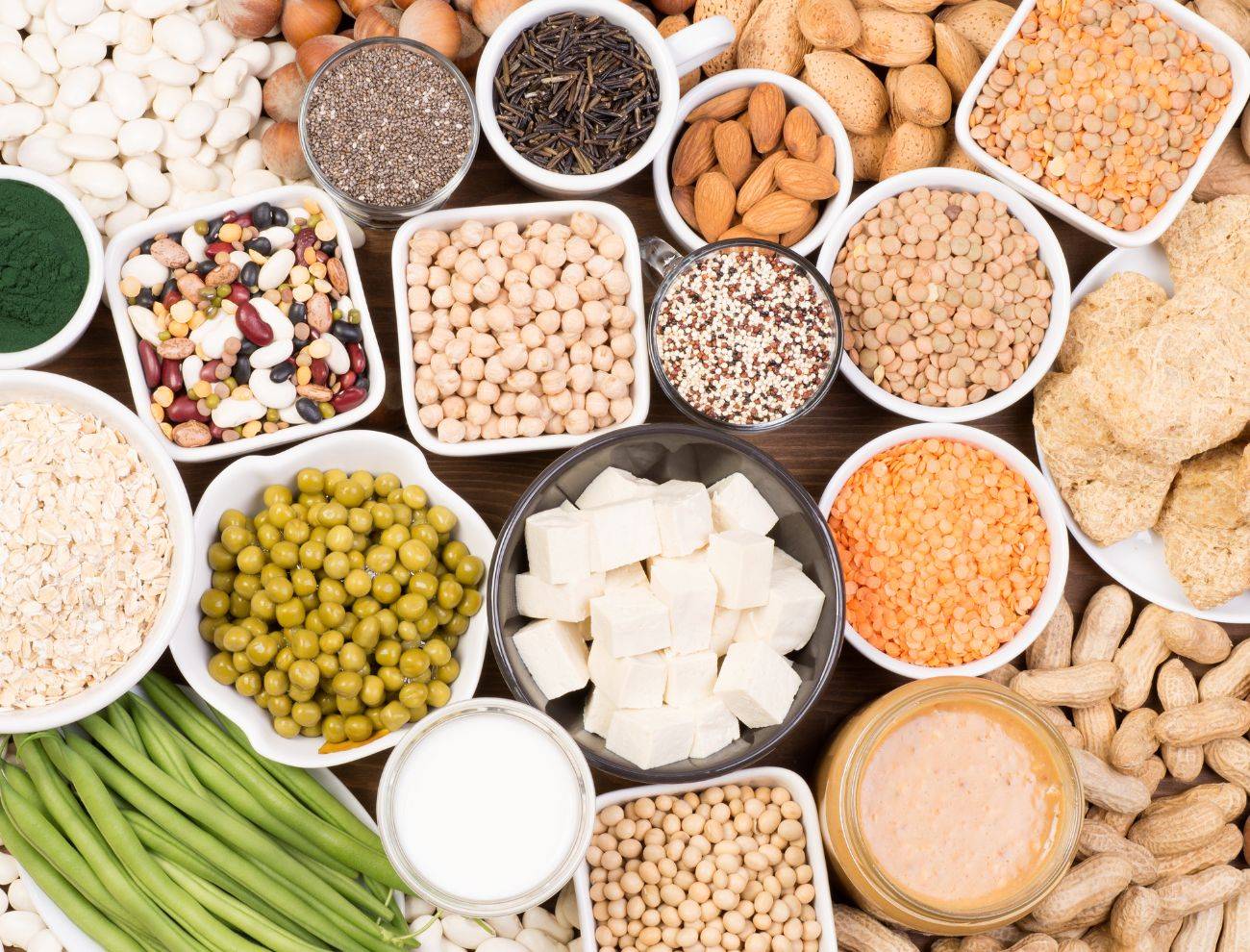
How to Create a Successful Vegan Menu for Your Restaurant
More than a decade ago, veganism appeared to be just some passing trend that many people were quick to dismiss. Since then, it has seen a meteoric rise in popularity and made its way into the mainstream, so much so that The Economist declared 2019 the “Year of the Vegan”.
To give you an idea of how popular veganism is in the U.S., the number of Americans turning plant-based has been growing exponentially since the early 2000s and has exceeded 10 million people in recent years. If we were to take into account flexitarians – people who are still eating animal products in moderation but are leaning strongly towards a plant-based diet – the number would be much higher.
All this points towards a national as well as global shift towards veganism and plant-based diets. In the coming years, plant-based food sales are bound to rise even higher, growing fivefold by 2030. Veganism is therefore here to stay, so food venues across the U.S. and the world are expected to follow suit. In 2020, there were over 1000 exclusively vegan restaurants in the United States, and more are opening every day.
That doesn’t mean you should automatically join the ranks and turn your restaurant vegan, but it does mean that it’s more important than ever before to implement vegan and plant-based options in your menu offerings. From a profitability standpoint, it means your restaurant can meet the growing demand for vegan options and cater to a larger market, increasing your bottom line.
Which are key features of the vegan diet?
By definition, veganism excludes all animal products from a person’s diet. That includes meat products, fish, as well as eggs and dairy. It relies heavily on the consumption of fruits, vegetables, nuts, beans, grains and seeds. Popular food choices for vegans include soy-based items like tofu and tempeh, cauliflower, lentils, beans and legumes, nuts and nut butters.
Which are key features of the vegan diet?
The terms “vegan” and “plant-based” are often used interchangeably, but they are not exactly synonymous. The differences between the two are subtle, but nevertheless important to highlight. Vegan menus eliminate all animal products, which, as we mentioned before, includes meat, fish, dairy and eggs. Plant-based menus, on the other hand, are not so strict about removing animal products, instead they feature minimally processed foods and plenty of fruits, vegetables, seeds and nuts.
How to create the ideal vegan menu for your restaurant
When putting together a vegan menu for your restaurant, or simply introducing more vegan-friendly options in your existing selection, it helps to see veganism (and plant-based eating in general) as a spectrum. As these dietary and lifestyle changes appeal to more and more people across the U.S. and globally, people get curious. They might not turn vegan overnight, but they might experiment with different diets until they find one they’re most comfortable with.
The idea is to try to accommodate a large range of dietary preferences, so as to appeal to a wider market. That being said, let’s go over some tips on how to develop a vegan menu or create more vegan menu options for your restaurant:
1. Replace animal products with plant-based alternatives
The first and most important step in creating different vegan menu options is to replace animal products with plant-based alternatives. Luckily, you don’t have to reinvent the wheel. Already there are many meat-substitutes (tofu, beans etc) and dairy-substitutes (vegan milks, butters etc) available that will make it easy for you to create new dishes or vegan versions of popular non-vegan dishes. Take this delicious vegan mac and cheese recipe for example.
Don’t offer vegetable-only dishes
A common mistake made by restaurateurs who try to cater to vegan customers is to offer vegetable-only dishes. While vegetables are indeed healthy and delicious when cooked and seasoned properly, some customers might find such dishes boring or bland. Try incorporating other vegan-friendly ingredients like nuts, seeds, soy-based products to give your dishes more substance and make them more appealing.
3. Introduce some menu items for flexitarians
As we mentioned previously, flexitarianism is a growing trend within the plant-based community. These types of consumers prefer to eat more plant-based dishes but don’t completely disregard animal products. To accommodate their preferences, create dishes that rely heavily on vegetables, fruits and seeds but also include small quantities of meat or fish.
Consider vegan-friendly protein sources
Choosing a vegan diet means adjusting to a new range of protein-rich foods which replace the traditional sources (meat, fish, dairy). In a similar fashion, your menu should also feature protein-heavy vegan ingredients such as tofu, tempeh, nuts, seeds, as well as protein-rich vegetables like kale and broccoli.
Refresh your vegan menu offerings regularly
Vegan customers cannot yet enjoy the same food diversity as those who eat animal products. To make sure your guests always have plenty of vegan-friendly options at your restaurant, try to refresh your menu offerings as often as you can. One option would be to take full advantage of produce seasonality in order to create and launch new or updated vegan menu items each season.
Advertise your vegan menu items
Mexico – The Mexican avocado market is seeing a huge spike in avocado prices due to inflation. Bloomberg points out that “an index tracking avocados from the Mexican state of Michoacán, where most of the country’s production comes from, is up almost 140% so far this year to 1,000 pesos ($51) per 9-kilogram box, the highest in data going back to 1998”. The dramatic rise in prices is mainly caused by an acute fertilizer shortage.
Despite their efforts to include vegan options in their menus, many restaurants fail to make it clear that they actually offer vegan-friendly food, leaving customers confused. To avoid such awkward and unfortunate situations, make sure to advertise all vegan food items in your menu. The best way to do that is to somehow highlight these items and include accurate ingredient lists for each, so your customers are aware of everything that went into creating a specific dish and are 100% sure that it fits within their dietary preferences.
When it comes to veganism, produce is king. The vegan diet relies heavily on fruits and vegetables, and you can’t hope to create a successful vegan menu without a steady influx of high-quality produce. That’s where Valley View Produce comes in.
Valley View is a family-run food distributor committed to delivering the best wholesale products and impeccable services to businesses across NYC’s 5 boroughs (Brooklyn, Queens, Bronx, Manhattan, Staten Island and Long Island), as well as Jersey City, Hoboken, West New York, and Weehawken Township. Take a look at our selection, place an order and let us supply all the fresh produce you need for your vegan menus.






